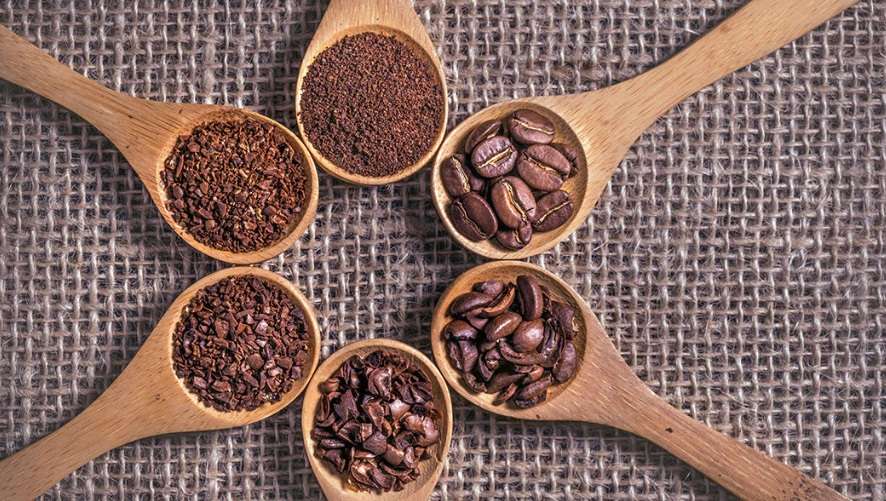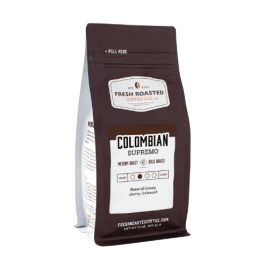
Coffee, one of the most beloved beverages around the world, has a pricing dynamic that’s as rich and complex as its flavor. Understanding the price per kilogram of coffee not only informs consumers but also sheds light on broader economic, environmental, and social trends. Currently, the coffee market is experiencing fluctuations influenced by a variety of factors, from changes in global demand to unexpected weather patterns impacting major coffee-growing regions.
Key Takeaways
- Volatility is the Norm: Coffee prices are notoriously volatile. Factors like crop yields, labor costs, and political stability in producing countries can cause significant price swings.
- Supply and Demand Dynamics: As global consumption increases, particularly in rapidly developing markets, demand pressures tend to drive up prices. Conversely, an oversupply, possibly due to favorable growing conditions, can cause prices to plummet.
- Quality and Variety Influence Prices: There’s a substantial price difference between common Robusta beans and the more premium Arabica beans, largely due to differences in taste quality and growing conditions.
- Economic Policies Play a Role: Trade policies and economic events, such as currency fluctuations, can significantly impact coffee prices on the international market.
Avarage Coffee Price per KG 14-04-2024:
- Arabica Coffee: $4.605 per kilogram
- Robusta Coffee: $3.656 per kilogram
- Kenya Coffee: $4.67 per kilogram
- Ethiopia Coffee: Approximately $3.70 per kilogram (average price)
This avarage price is between retail stores, online stores, coffee stores, so it varies depending where and when you check.
Current Coffee Prices Per Kg
Keeping up with the coffee prices in major producing areas and consumer markets gives us a snapshot of the global coffee economy. Let’s dive into the current coffee prices from some key regions:
Brazil: As the largest coffee producer globally, Brazil sets a significant precedent for coffee pricing. Recently, prices have seen an uptick due to adverse weather affecting the coffee belt regions. The typical range per kilogram remains competitive but subject to rapid changes based on weather reports and harvest quality.
Vietnam: Known for its Robusta beans, Vietnam’s coffee prices are generally lower than those of Arabica beans from Brazil. However, similar to other markets, prices here are influenced by both local production conditions and global demand patterns.
United States: In consumer markets like the U.S., retail coffee prices per kilogram have been on the rise. This increase can be attributed to a growing preference for specialty coffees and the direct impact of international shipping costs and tariffs.
Kenya: In Kenya, where some of the world’s finest Arabica coffee is grown, prices per kilogram are noticeably higher due to the premium quality of the beans. The country’s unique climate lends the coffee its distinct flavor, highly valued on the international market.
Factors Affecting Coffee Prices
Coffee prices are influenced by a complex mix of factors that can fluctuate wildly from season to season. Here’s how key elements such as weather conditions, global demand, and economic policies play a role:
Weather Conditions: Weather significantly impacts coffee production, with ideal conditions requiring specific temperature ranges and rainfall patterns. For instance, unusual weather patterns like El Niño can lead to excessive rain or drought in key growing areas, severely affecting yields. Recent seasons have seen major coffee regions experiencing droughts followed by floods, both of which have reduced the quantity and affected the quality of the harvest, thus driving prices up.
Global Demand: As coffee consumption grows, especially in emerging markets, the demand for coffee continues to increase. The rise in specialty coffee shops and gourmet coffee consumption in countries like China and India pushes the demand higher, influencing global prices. When demand spikes, but production faces constraints due to factors like weather, prices naturally surge.
Economic Policies: Trade policies also significantly affect coffee prices. Tariffs, quotas, and trade agreements can either restrict or open up new markets. For example, if a major coffee-producing country imposes significant export tariffs on coffee, it can lead to higher global prices. Conversely, a trade agreement that eases such tariffs can lead to a drop in prices. Additionally, currency fluctuations can make importing or exporting coffee more or less expensive, influencing the market prices accordingly.
Global Coffee Production Trends
Coffee production has seen significant changes over the years, influenced by both technological advancements and shifting environmental conditions. Originally concentrated in a few countries, coffee cultivation has expanded globally due to increased demand and the adaptation of cultivation practices to new environments.
Expansion and Technological Advancements: Technological improvements in coffee cultivation and processing have allowed producers to increase yields and improve quality. Innovations such as drought-resistant plant varieties and precision agriculture have enabled coffee farming in regions previously unsuitable due to climate.
Shifts Due to Climate Change: As global temperatures rise, traditional coffee-producing regions have experienced shifts in suitable growing altitudes and increased pestilence, forcing farmers to adapt or relocate their crops. This migration has implications for local economies and global supply chains, influencing coffee prices as production costs increase.
Impact on Prices: These trends have a direct impact on global coffee prices. Increased production in emerging markets can lead to a temporary decrease in prices due to higher supply. However, the costs associated with relocating plantations and investing in new technology can drive prices up, balancing the scales.
Impact on Consumers and Retail Pricing
The changes in global coffee prices have a tangible impact on consumer prices across different countries. This relationship is a direct reflection of the complexities of global trade and market dynamics.
When global prices of coffee rise due to factors like poor harvests or increased demand, these costs are almost immediately passed on to consumers. For instance, a drought in Brazil can lead to a spike in prices at your local coffee shop in the U.S. or Europe.
The extent to which global price changes affect local consumer prices can vary. In countries that import most of their coffee, currency strength plays a crucial role; a weaker local currency can amplify the impact of rising global coffee prices.
Additionally, the growing market for specialty coffees has seen a diversification of pricing. Consumers now often pay premium prices for ‘single-origin’ labels or organic certifications, which can shield these niche markets from the volatilities typical of the broader commodity market.
Coffee Industry’s Response to Price Changes
The coffee industry is adept at navigating the choppy waters of fluctuating prices. Producers and retailers have developed various strategies to manage these changes effectively.
Producers’ Adaptations: Coffee farmers may switch between coffee varieties, such as from Arabica to the more robust and less climate-sensitive Robusta, depending on cost-effectiveness and market demand. Some might invest in new technologies to improve yield and reduce dependency on variable weather conditions.
Retailers’ Strategies: Coffee retailers often use futures contracts to lock in coffee prices, protecting themselves against unexpected increases. They might also adjust their product mixes, promoting blends with lower-cost beans when prices spike.
FAQs
Why are coffee prices higher in certain months? Coffee prices can peak during times of frost or drought in major coffee-producing areas, which diminish the supply while demand remains steady.
What’s the difference between Arabica and Robusta prices? Arabica beans are typically priced higher due to their smoother flavor and the more delicate conditions required for their growth. Robusta, being hardier and having a stronger, often more bitter flavor, is usually cheaper and preferred for blends and instant coffee products.
Final Thoughts
In conclusion, the world of coffee prices is influenced by a diverse array of factors including agricultural conditions, global demand, and economic policies. Looking ahead, we can expect coffee prices to continue their dynamic fluctuation, influenced by both environmental changes and shifts in consumer preferences. As global awareness and technology improve, the industry’s ability to adapt will likely enhance, potentially stabilizing prices over the long term.









